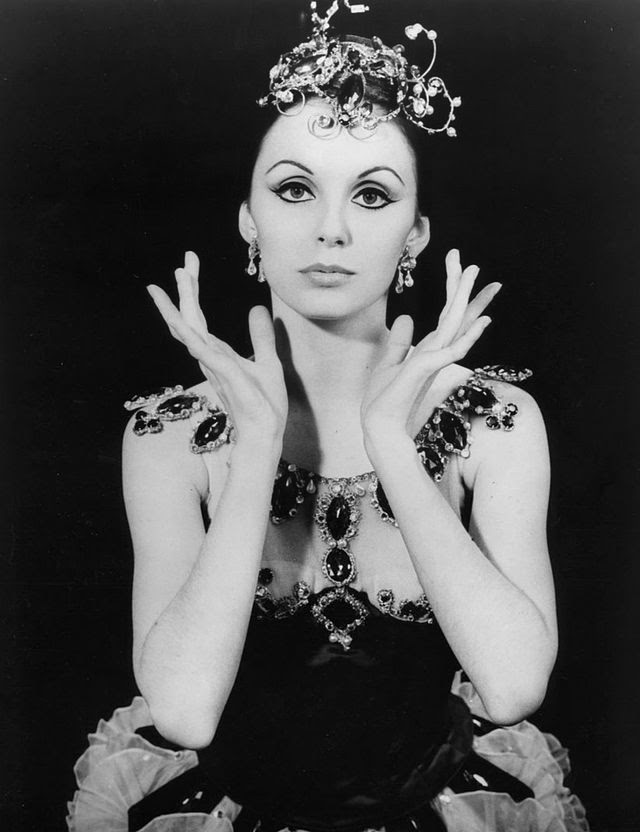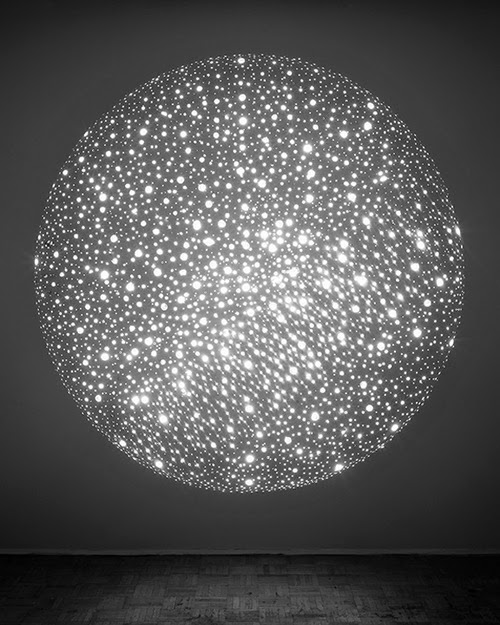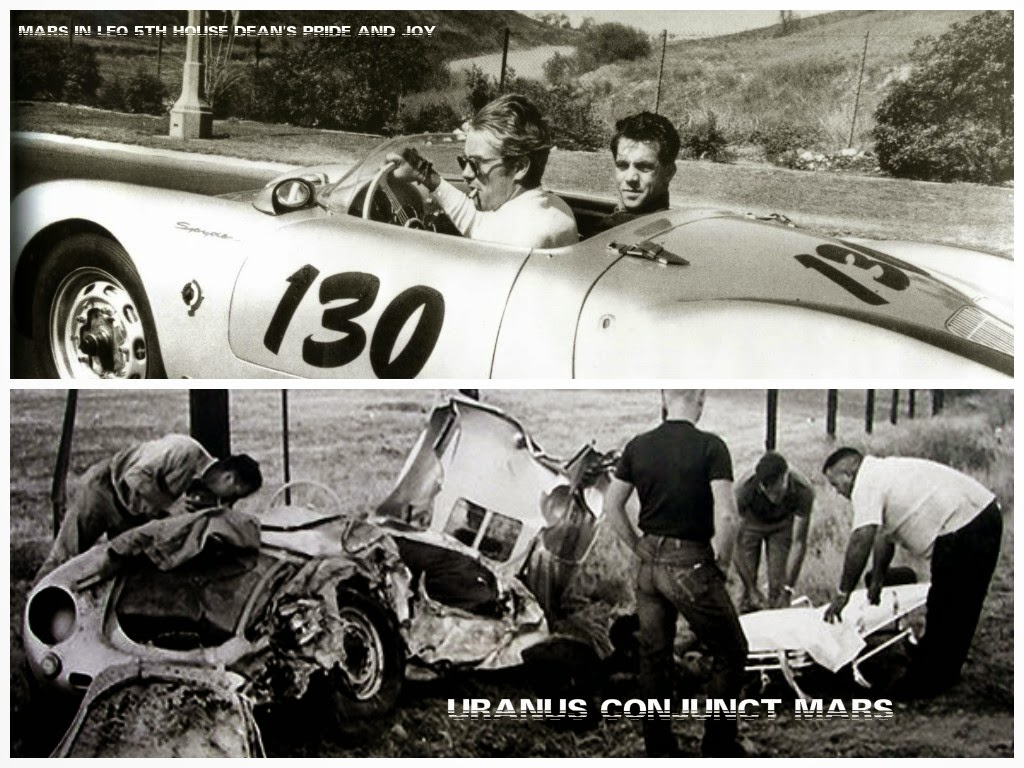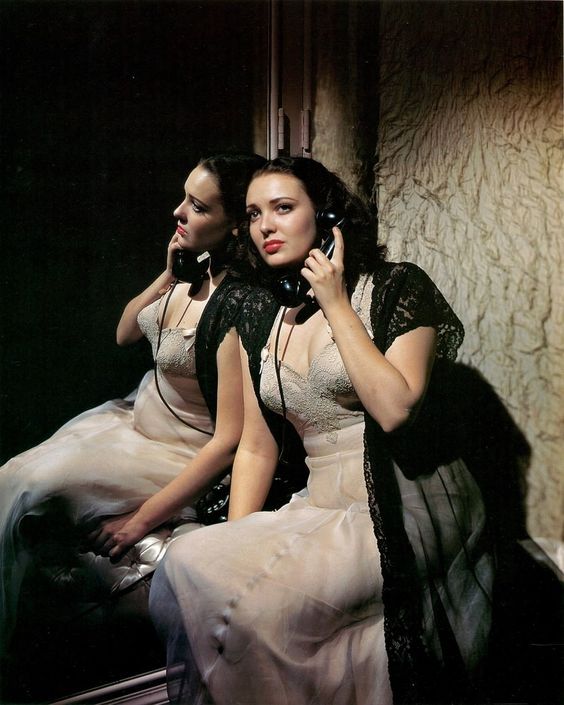 Franz Reichelt, often referred to as “the flying tailor,” was an inventor and daredevil who captured the spirit of innovation and risk-taking of his time. His ambitious attempt to create a wearable parachute-like overcoat that could allow its wearer to fly or land safely was a manifestation of his creative and adventurous personality. Reichelt’s leap from the Eiffel Tower marked a moment of experimentation and a belief in the potential of his invention. The choice of the Eiffel Tower, a symbol of human engineering and achievement, as the platform for his daring jump, speaks to his desire to showcase his invention on a grand stage and prove its efficacy.
Franz Reichelt, often referred to as “the flying tailor,” was an inventor and daredevil who captured the spirit of innovation and risk-taking of his time. His ambitious attempt to create a wearable parachute-like overcoat that could allow its wearer to fly or land safely was a manifestation of his creative and adventurous personality. Reichelt’s leap from the Eiffel Tower marked a moment of experimentation and a belief in the potential of his invention. The choice of the Eiffel Tower, a symbol of human engineering and achievement, as the platform for his daring jump, speaks to his desire to showcase his invention on a grand stage and prove its efficacy.
The Tragic Fall
The primary reason for Franz Reichelt’s tragic fall and subsequent death was the failure of his parachute-like overcoat to function as intended. Despite his ambitious vision and daring spirit, the practical execution of his invention fell short, leading to the devastating outcome of his jump from the Eiffel Tower.
The Astrology
An astrological look offers intriguing insights into Reichelt’s psyche and decision-making. Mars in Gemini, opposite Jupiter in Sagittarius, suggests a personality driven by a restless mind and big and bold actions. This combination hints at a passionate individual prone to risks, often without fully weighing the consequences. Jupiter in Sagittarius points to Reichelt’s confidence and enthusiasm, potentially clouding his judgment. The Mars opposite Jupiter aspect is known for impulsiveness and lack of forethought, aligning with Reichelt’s fatal jump.
Saturn in Taurus (what we are developing in this lifetime) in his natal chart is interpreted here as a lesson of patience, stability, and careful planning that Reichelt might have needed to learn. His hasty decision to jump without fully testing his invention could be seen as a disregard for these lessons, leading to tragic outcomes.
The connection between Mercury and Uranus highlights Reichelt’s creative inclination and potential for groundbreaking ideas. This synergy between the planets implies that he possessed a unique and inventive mind, which may have contributed to his ability to conceptualize a flying garment in the first place.
Finally, the Sun being in Aquarius adds another layer of understanding to Reichelt’s motivations. Aquarius is a sign associated with inventiveness, forward-thinking, and a desire to push boundaries. This aligns with Reichelt’s aspiration to revolutionize human flight and create a device that defies conventional limits.
In summary, Franz Reichelt’s ill-fated jump from the Eiffel Tower can be attributed to a combination of factors: his impulsive and risk-taking personality, a lack of thorough planning and testing, and an overwhelming desire to demonstrate the potential of his invention.
Also see: Mutable Signs: The Astrology of Unusual Accidents
In accident and disaster charts for example, Jupiter is nearly always very prominent. Classically in such charts there will be difficult contacts between the planets traditionally associated with violence and accidents — Mars, Uranus and Pluto; but inevitably Jupiter will also be involved in the pattern. There may be many reasons for Jupiter’s involvement, including perhaps the fact that such disasters raise many moral, religious and philosophical questions. And we might remember that Zeus was a warlike God, hurling, as he did, thunderbolts and lightning from the top of Mount Olympus. More simplistically though, we can just remember the idea that Jupiter will expand whatever principle it touches in the horoscope. Aspects in Astrology: A Guide to Understanding Planetary Relationships in the Horoscope












